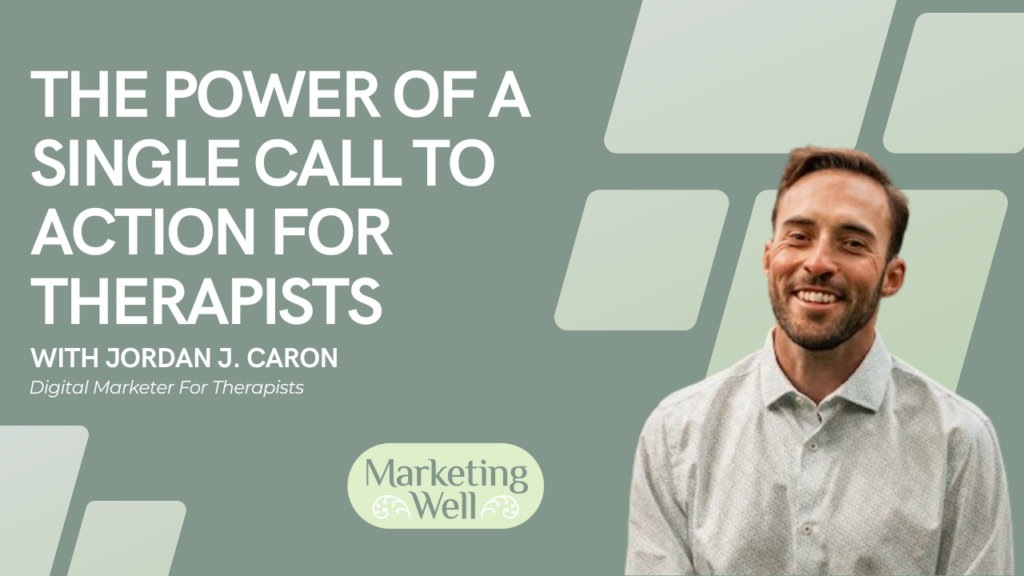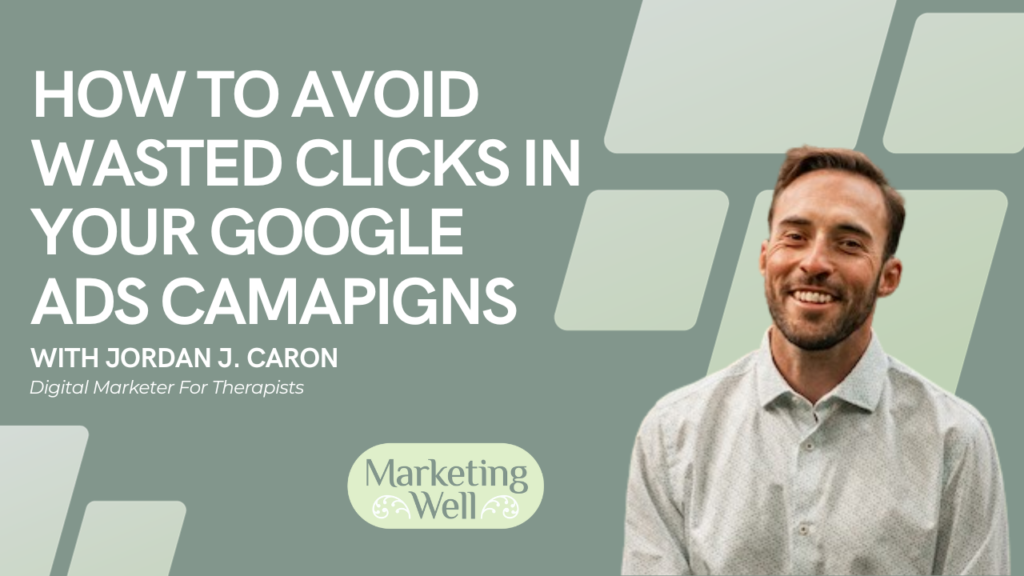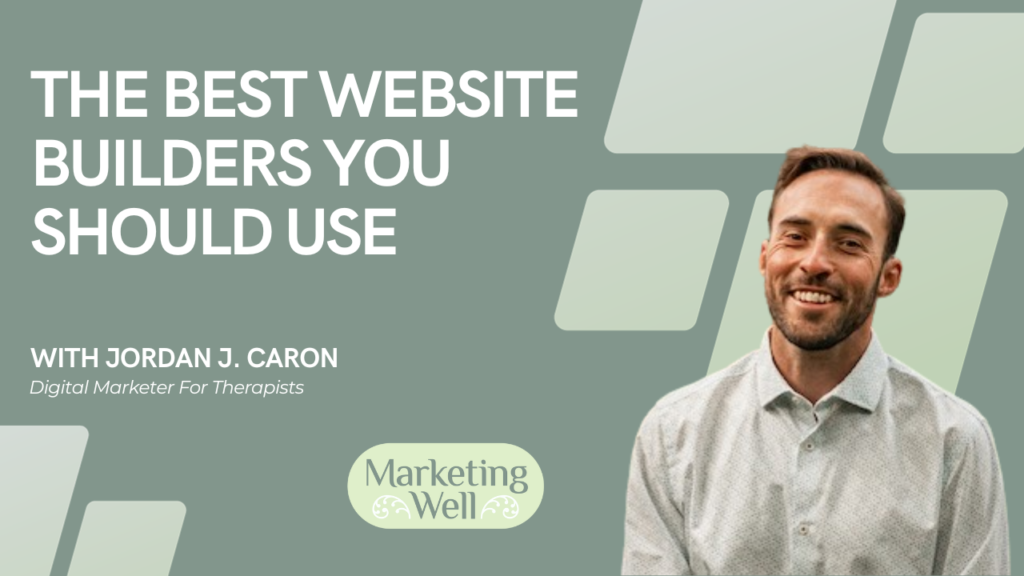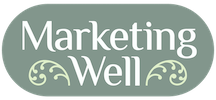My last blog post covered a topic I never really put much energy into: copywriting. For years, I have avoided focusing on it for all my clients’ websites.
But now more than ever, strong copywriting is essential to increase conversions. Especially when it comes to paying for traffic through Google Ads.
This blog post is going to be as vitally important, and that’s covering the call to action. I’m going to discuss why it’s essential to have one singular one throughout your website.
Let’s dig in!
Why a Single Call to Action Matters
A strong call to action (CTA) can distinguish between a potential client browsing your website and booking a consultation or appointment. However, not all CTAs are created equal, and one of the most critical aspects of a compelling CTA is simplicity—having just one clear and focused action for your audience to take.
Potential clients who visit your website seek help and clarity regarding their issues. The last thing they need is confusion about what to do next. Multiple CTAs—such as “Book Now,” “Contact Us,” and “Learn More”—can dilute the effectiveness of your message and leave clients unsure of which action to take. This indecision may lead them to leave your site without taking action.
It’s something I’ve come across a few times in recent months. Granted, most of my clients are using one call to action, driving people to book a consultation through their Janeapp site. I have visited several potential client sites and seen three different calls to action on one page which have been:
1 – One of them is to fill out a web form.
2 – The second is to book a consultation through JaneApp.
3 – The last is to call or email.
A single, well-defined CTA provides a clear path forward. Whether clicking over to a third-party booking site, filling out a web form, or calling your office directly, you should have only one CTA, and it should be laser-focused on guiding the client to the next step.
Choosing the Right Call to Action
To create a strong single CTA, consider the following:
- Understand Your Goals: Determine what you want your potential clients to do. Is your primary goal to have them book an appointment? If so, ensure your CTA reflects this priority.
- Know Your Audience: Think about how your potential clients prefer to engage. Would they feel more comfortable filling out a form, or are they ready to book directly through a scheduling platform?
- Make It Easy: The easier the process, the more likely your potential clients will follow through. Ensure your CTA leads to a simple and intuitive process, free of unnecessary steps.
Examples of Effective Single CTAs
- “Schedule Your Free 20-Minute Consultation Today” (linked directly to a booking platform)
- “Get Started” (leading to a short web form for inquiries)
- “Book Your Appointment Now” (redirecting to an online calendar)
Placing Your CTA Strategically
Your CTA should be prominently displayed on your website. Consider placing it:
- At the top of your homepage
- In the navigation bar
- At the end of blog posts or service descriptions
- On dedicated landing pages in multiple locations
Consistency is key. Repeating the same CTA throughout your site reinforces its importance and makes it easy for potential clients to take action when they’re ready.
Conclusion
As a therapist, your goal is to help people, and a strong, singular call to action ensures that those in need can easily take the first step toward working with you. By simplifying the decision-making process and providing a clear path forward, you increase the likelihood that potential clients will convert into actual clients. Remember, when it comes to CTAs, less is more. Focus on one action, and make it count.
If you need help growing your practice and digital marketing efforts, book a free 20-minute consultation with me here.





Pingback: Maximizing Bookings For Your Therapy & Wellness Practice